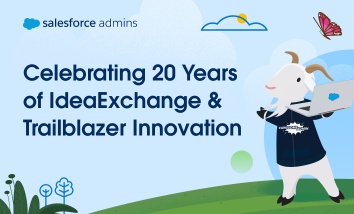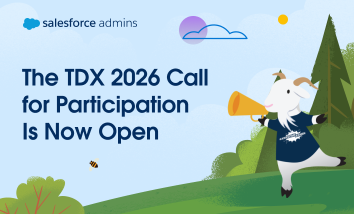As Salesforce Admins, there are a number of important skills we need to develop in order to be successful in our roles and careers. In my opinion, none of these are as crucial as user management. After all, without users we wouldn’t have anyone working in the system. In this blog, I’ll explain the two […]













